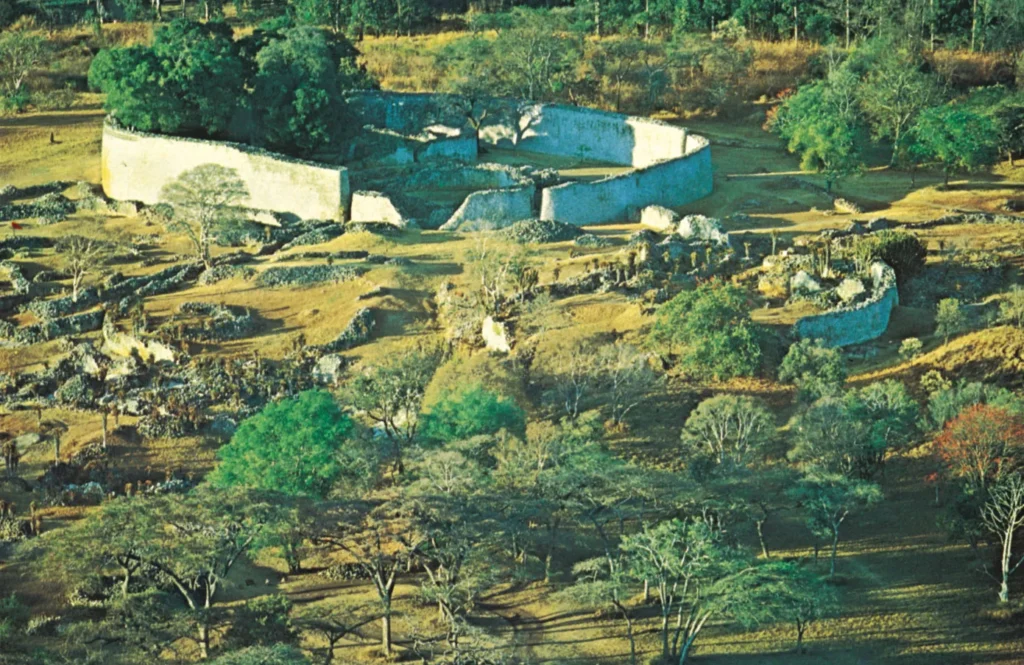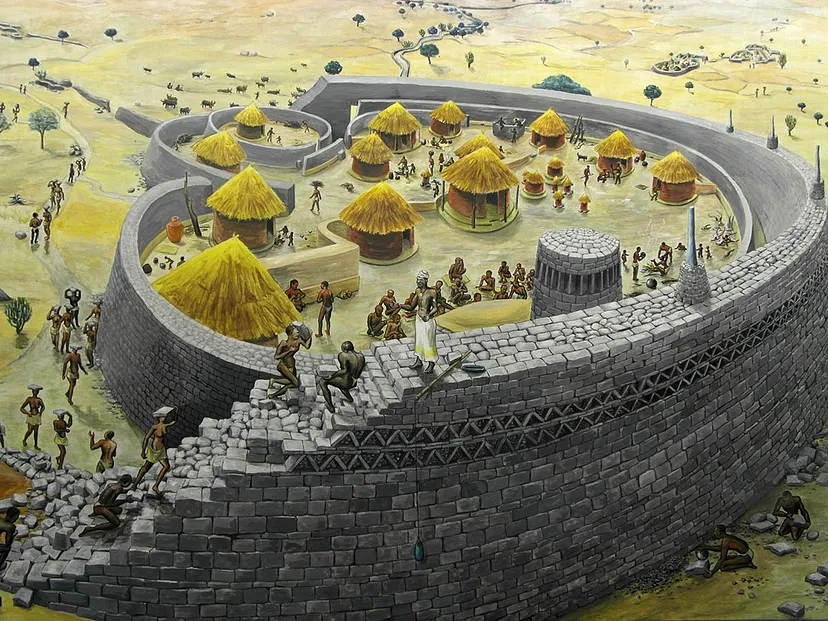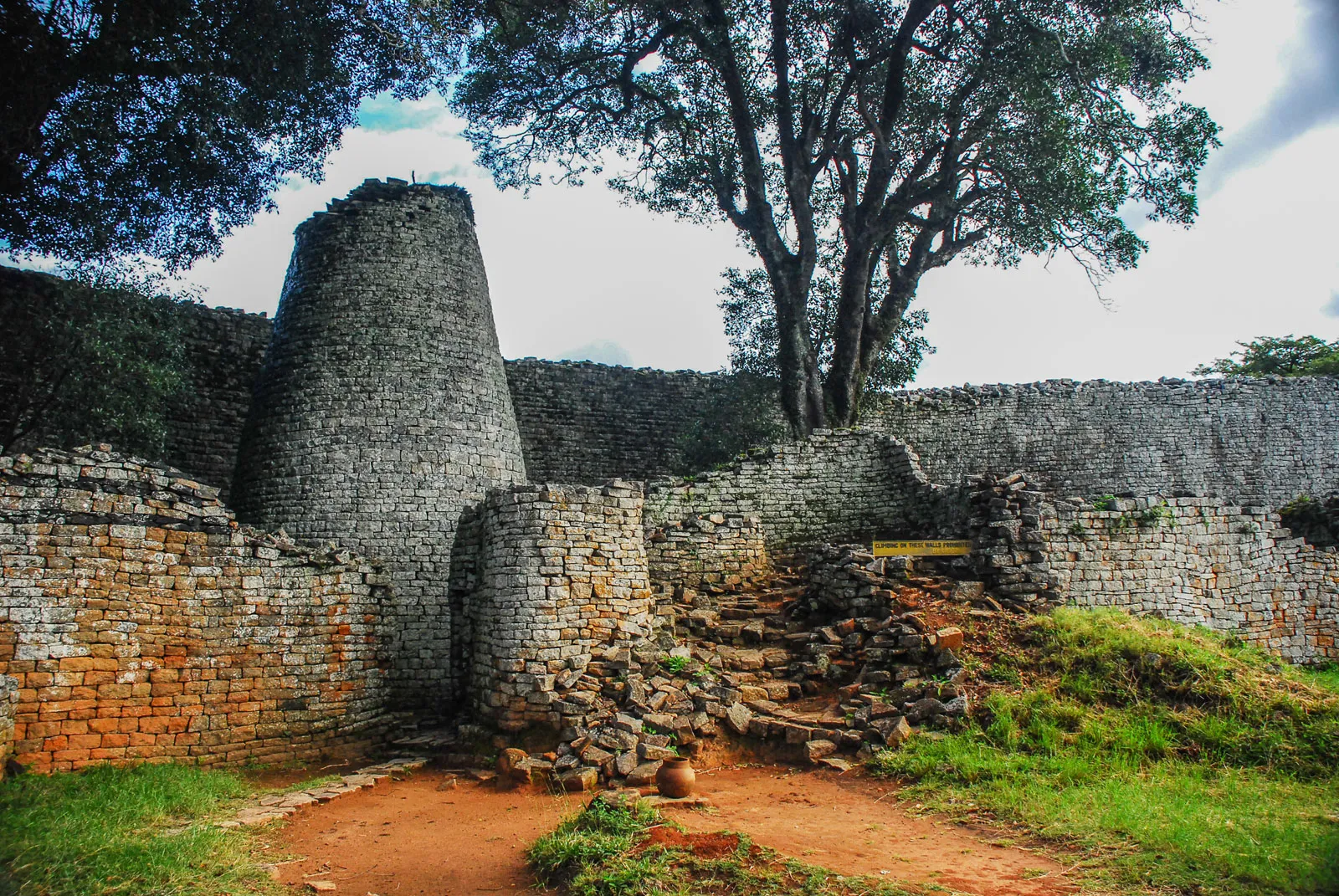Great Zimbabwe is one of the most significant historical sites in Africa, if not the world. Often shrouded in mystery and wonder, this ancient city flourished between the 11th and 15th centuries and continues to captivate historians and tourists alike. So, let’s dive into the intriguing tale of Great Zimbabwe (c. 1100–1450) and uncover what made this civilization so remarkable.
A Brief History of Great Zimbabwe
Great Zimbabwe wasn’t just a random cluster of huts; it was a thriving city and the capital of the Kingdom of Zimbabwe during the late Iron Age. Located in present-day southeastern Zimbabwe, it spanned about 7.22 square kilometers and was home to up to 18,000 people at its peak. Imagine a city that large and bustling over 600 years ago! The word “Zimbabwe” itself is derived from the Shona term “dzimba-dza-mabwe,” which means “houses of stone.”
The Architecture of Great Zimbabwe

When you think of ancient cities, what comes to mind? Maybe towering structures, intricate designs, and advanced engineering? Great Zimbabwe doesn’t disappoint. The city is best known for its impressive stone constructions, which were built without the use of mortar.
The Great Enclosure
The Great Enclosure is perhaps the most iconic structure of Great Zimbabwe. It’s an immense circular wall, about 250 meters in circumference and up to 11 meters high. The craftsmanship is astonishing, considering the era. These walls were built to impress, and they still do. Inside the Great Enclosure, there’s a conical tower, thought to have served a religious or ceremonial purpose. It’s like stepping into a time machine when you walk through this ancient marvel.
Hill Complex
The Hill Complex, also known as the Acropolis, sits atop a rocky hill and offers a panoramic view of the surrounding areas. This was likely the political and religious center of the city. The strategic location not only provided security but also a vantage point to monitor the region. The Hill Complex contains a series of smaller stone enclosures, terraces, and stone passages. Think of it as the nerve center of ancient Great Zimbabwe, where the elite conducted important affairs.
Valley Ruins
Scattered throughout the valley below the Hill Complex and Great Enclosure are the Valley Ruins. These are smaller stone structures that likely housed the majority of the population. The ruins suggest a well-organized urban planning system. The inhabitants lived in daga (clay and wood) huts within these stone enclosures.
Economy and Trade

Great Zimbabwe wasn’t isolated; it was a hub of commerce and culture. The economy was primarily based on agriculture, cattle herding, and trade. Gold mining was particularly significant. Gold from Great Zimbabwe made its way to the Swahili Coast and beyond, exchanged for luxury goods such as Persian ceramics and Chinese porcelain. Picture a bustling market with traders from different regions exchanging goods, ideas, and stories. The city’s prosperity was evident in the artifacts found, which included beads, iron tools, and even a few coins from distant lands.
Social Structure and Daily Life
So, what was life like for the people of Great Zimbabwe? The social structure was hierarchical, with a king at the top, followed by nobles, commoners, and slaves. The king was not just a political leader but also held religious significance. Daily life revolved around agriculture, with men tending to cattle and fields, while women managed the household and crafted pottery.
Religion and Culture
Religion played a central role in the lives of Great Zimbabwe’s inhabitants. The Shona people, who are believed to have built Great Zimbabwe, practiced a form of ancestral worship and believed in various deities connected to nature. The conical tower and other structures likely had religious functions, possibly related to rituals or ceremonies to honor ancestors and gods.
The Mystery of Its Decline
Every great civilization has its rise and fall, and Great Zimbabwe is no exception. By the mid-15th century, the city began to decline, eventually being abandoned. Several theories attempt to explain this, ranging from overpopulation and resource depletion to political instability and shifts in trade routes. It’s like trying to piece together a complex puzzle with many missing pieces.
Exploring Great Zimbabwe Today
Visiting Great Zimbabwe today is like stepping back in time. The site is a UNESCO World Heritage Site, recognized for its historical and cultural significance. Walking through the ruins, you can almost hear the echoes of a bustling city, feel the pride of its builders, and imagine the grandeur that once was.
Conclusion
Great Zimbabwe (c. 1100–1450) remains a testament to the ingenuity and resilience of its people. Its stone structures are not just ruins but storytellers, whispering tales of a vibrant civilization that once was. Exploring Great Zimbabwe is like unearthing a treasure chest from the past, filled with wonders waiting to be discovered. So, next time you think of ancient civilizations, remember Great Zimbabwe – a city of stone that stood the test of time.
Frequently Asked Questions
1. What is Great Zimbabwe known for? Great Zimbabwe is known for its impressive stone structures, particularly the Great Enclosure and the Hill Complex, built without mortar.
2. When was Great Zimbabwe built? Great Zimbabwe flourished between c. 1100 and 1450 AD.
3. Who built Great Zimbabwe? The city was built by the ancestors of the Shona people.
4. What caused the decline of Great Zimbabwe? The exact cause is unknown, but theories include overpopulation, resource depletion, and political instability.
5. Can you visit Great Zimbabwe today? Yes, Great Zimbabwe is a UNESCO World Heritage Site and open to visitors.

